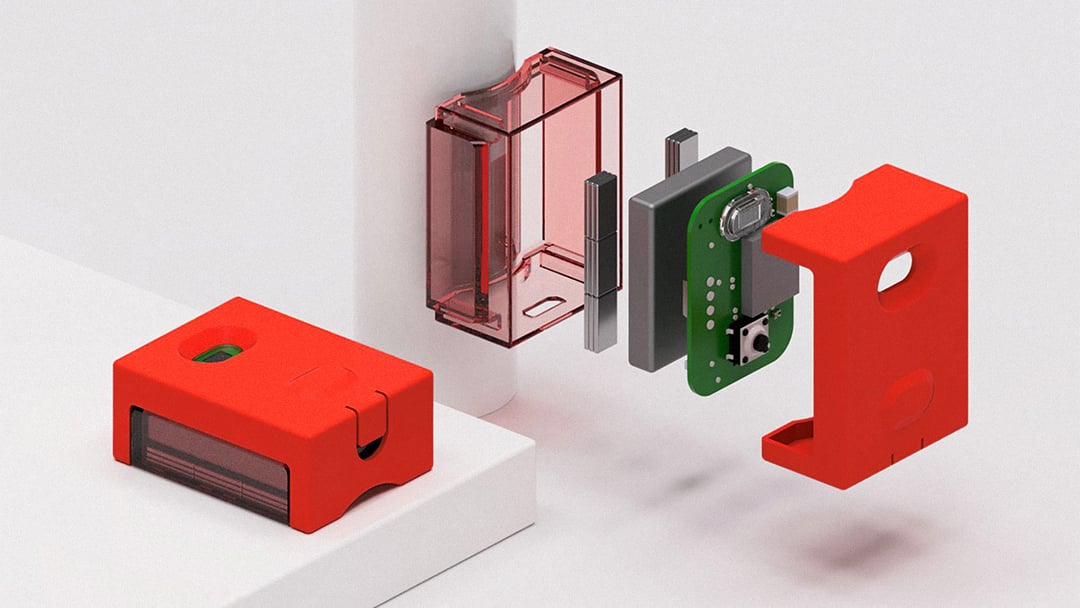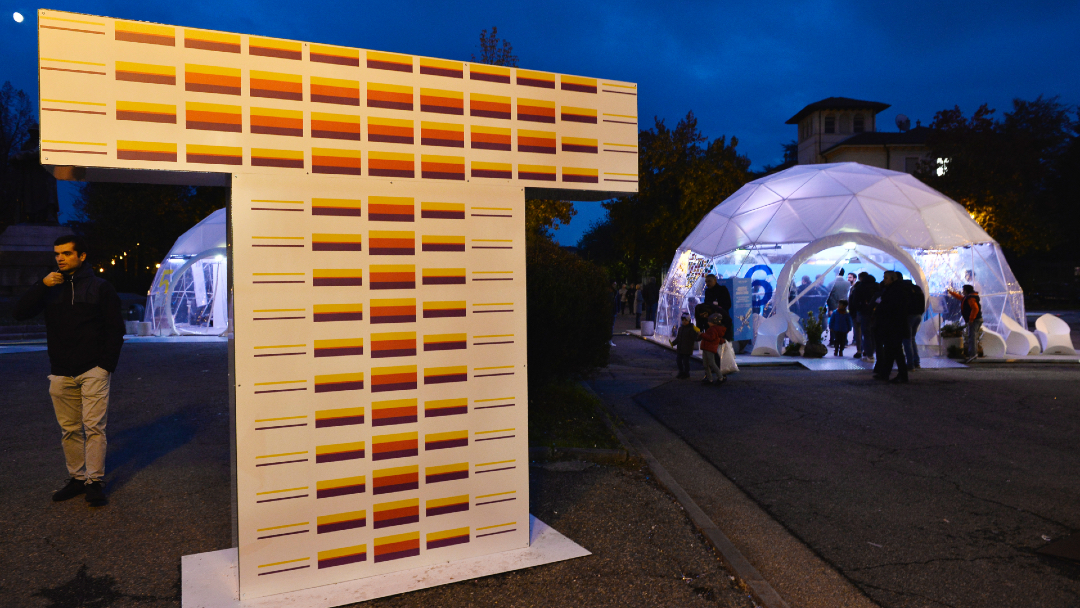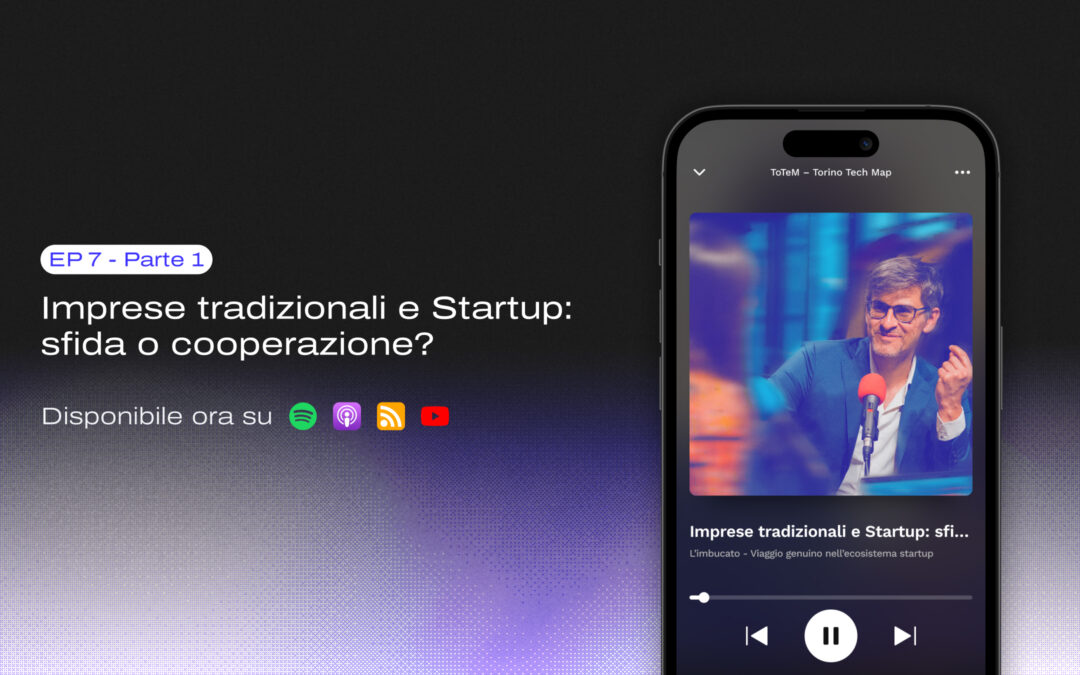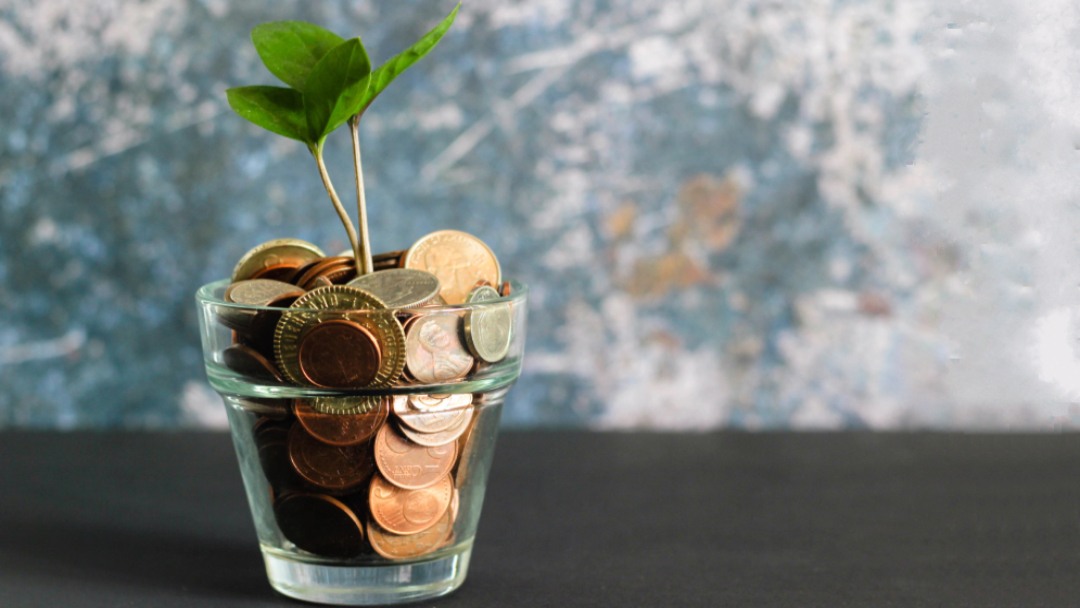Resource created by RED research and design
Prototyping
The prototyping phase often seems overwhelming, but it's easier than you think: you just need to get organized and set thoughtful, concrete goals. It is useful to clarify from the very beginning: we need to start in steps, dividing larger problems into subcategories, using prototyping as a tool to increase our awareness and empirically study our idea.
In the development of a new service or product there are always many doubts about how it will be or how it will work, even within the same team. To help us resolve these doubts, the best tool is repeated prototyping aimed at validating or disproving hypotheses.

Prototypes (especially in the early stages) are intended to help us make decisions. You don't build a prototype in hopes of turning it into the final implemented solution, you build it to gain the knowledge that will be used to create a better prototype, all the way to the final product or service and beyond
Let's start with the basics: what is a prototype?
The term comes from the Greek prototypesprototipos, which we could translate as "first model" (from proto, first and tipos, model). The prototype therefore is a representation of a product, of a service or system, or of one of its parts, that, even if in some way limited, can be used for evaluative or divulgative purposes. It is an early model built to test a concept or process.
In the beginning, the prototype must be made with minimal effort and through simplification. This is one of the most important aspects, since in prototyping you need to be agile and ready for numerous modifications and updates. Obtaining it easily also avoids developing an affection for an output, thus facilitating the evolution of the project itself. Also, it doesn't have to be a working system, often a simple mock-up (a "fake" aesthetic model) can be useful. The motto is "fake it until you make it".
Why is prototyping important?
There are many reasons:
- You are doing the first phase of prototyping for yourself, for the team. It is useful to familiarize with the assumptions made, to define details, to contextualize a function. It can be done without too many frills, it helps to satisfy your thirst for knowledge, to stimulate the empirical approach and to take you to the next level.
- Then there is an exhibition prototype, a simulacrum of your project, that prototype to be presented outside, which must capture the attention and demonstrate the usefulness of your idea. This is usually the prototype you aspire to from the start, the one that seemed unattainable because it was too complex, but which, due to internal mistakes and successes, has suddenly become feasible. This type of prototype helps you in pitches and presentations, but above all you need it for usability tests: that is, to collect feedback on your idea directly from users through the analysis of interactions.
- Finally, there are functional prototypes, those that are built with the objective of testing the technical feasibility of the product and/or service. These are mainly useful to define the product specifications and give us important information about the technological constraints. All these specifications will be useful to outline a solid brief to share with third parties for possible future production.
Types of prototypes
Prototypes can come in many forms, it all depends on why they were created: made on paper, through simple sketches, created through drawings, illustrations, videos, 3D, renders, functional prototypes and much more.
Some prototypes are developed just to represent or simulate the functioning or appearance of the product, or service (such as during the development of APPs, websites, etc.).

Some, however, include a miniature version with full or partial functionality (3D printing, laser cutting, etc.).
The paper prototype, usually one of the first to be developed, is an example of a prototype created in the form of rough drawings and origami, with which functional objects can also be simulated.

Digital prototypes, on the other hand, allow you to create a virtual model of the product, for example to get feedback on how the individual components will work together and what it will look like when completed. In other words, they allow you to virtually explore the complete product before it is actually built.

Making a prototype with digital fabrication is easy, fast, and allows us to tweak small aspects as we go along and physically explore the product by manipulating and testing it.
MVP
Remember that "it's good to fail"; don't be a perfectionist at this stage, it's better to make one more prototype than to waste too much time on a detail, failing is useful to improve and get better. The level of detail you need to reach is an MVP.
In simple terms, the MVP, which stands for Minimum Viable Product, is an initial version of the product or service that includes only the minimum features necessary to collect user feedback. The term was coined in 2001 by Frank Robinson, co-founder of SyncDev, to indicate that product with the highest ROI (Return on Investment) compared to the investment made
To simplify things, let's take the example of donuts, to get initial feedback from users on our donut, our MVP would be the third product starting from the left in this illustration.

In fact, the third donut has all the minimum characteristics required to affirm or disprove our donut production thesis. Clearly, over time, the goal would remain to gradually implement new "features" until we arrive at a "complete" product which is what is represented by the last image in this sequence.
Basically an MVP can also be a simple youtube video, a landing page, a simple online service or a physical product with minimal features. The goal in this phase is not to completely solve the problem, but to understand if someone is really interested in solving it with your solution and how to get there step by step. Each round of testing will yield results that will serve in the iterative process to refine the product and bring it closer and closer to achieving product market-fit.
Ultimately, an MVP is something that is conceptually very powerful for the startup. However, it is at the same time one of the most delicate aspects, because you are going to materialize an idea and a vision, with all the difficulties that come with it, especially in the correct interpretation of data.
Don't miss our next article on Product/Production and Supply Chain
Come visit our website to see how far you can go prototype by prototype www.researchandesign.it









